2025 – CHW
In the seed propagating greenhouse at Burncoose.
Podocarpus henkelii seedlings.
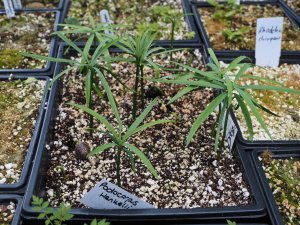
Spiders webs in the mist.
2023 – CHW
Hydrangea video day at Burncoose.
A wonderful roadside triangle of betony or Betonica officinalis (formerly Stachys officinalis) under a signpost near Nancor Farm on the road to Carwinnick. Tarmac on three sides and, apart from a couple of knapweed, nothing else growing on this small area. There is betony in fairly nearby hedges but this lot has shown up this year because of no grass cutting at all. Long may it continue!
Time to get the autumn/spring rare plant orders for Caerhays into the pipeline before the European nurseries produce their autumn availability lists. Lunaplant in Germany promise a delivery of a number of their new magnolia hybrids bred by Michael Gottschalk (and others) which we had identified and talked about in the spring. A notable magnolia breeder but not a large nursery. A well-known Belgian wholesale nursery declined our £20k spring order due to Brexit. Will they relent now, as most big European nurseries have already done, and include our Caerhays order for a new collection of Celtis and Zanthoxylum species with the Burncoose order? Two years ago we brought in 20+ new species of cotoneaster and, last autumn, we added a dozen more to the collection of Crataegus species from all around the world. These have done well and are ready to plant out in one spot this autumn. The Cotoneasters and Crataegus are well photographed in this diary.
I thought I would try to obtain a few more very obscure genera:
Campytoptris macrocarpaDichotomanthes tristaniicarpa
Mediago strasseri
Ostryopsis davidiana
Phoebe bournei
These are generally dull shrubs with boring flowers but of considerable botanical rarity and exactly what we should be growing here to entertain, confuse and educate. Do not worry I had to look all of them up as well!
Our largest Lindera aggregata has not enjoyed the earlier drought but seems to have stabilised.
I had hoped to see some berries forming on the 15 or so new species of cotoneaster bought from Mark Bulk in the spring. However only one had any. This was Cotoneaster wilsonii which had odd bell shaped fruits which are already a strong red colour. We need to find a good shady spot to plant all these out next spring and enjoy them. C. wilsonii is not listed in Hillier’s or the RHS encyclopaedia but it is in the new Fryer & Hymlo guide to cotoneaster. It comes from Ullung island in Korea and has only recently come into cultivation. The picture of the fruits in this book match exactly the picture shown here of our plant. The red berries will turn a dark purple-red later. If it fruits as well as this it may well prove to be an interesting new introduction for the catalogue.
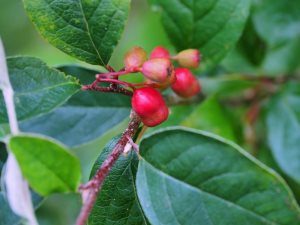
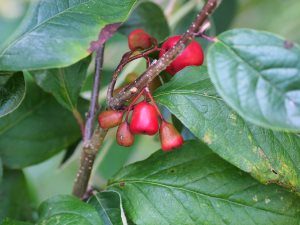
Wonderful leaves and new growth on Dipteronia sinensis as a young multi-stemmed plant.
2017 – CHW
Eucomis have leaf tufts at the top of the flower spikes. Here they are!
This is the fuchsia purchased on the Isle of Wight for propagation. Fuchsia ‘Lady Bacon’ is not a climber like our Fuchsia ‘Lady Boothby’ which is. It appears to be a Fuchsia magellanica variety which is entirely hardy and may well not die down at all in the winter. An attractive colour combination with the red corolla fading to blueish-purple. I cannot find this one in my reference books. It will be a nice new entry in the catalogue one day.
2015 – CHW
A plant in the Higher Quarry Nursery has been another identity puzzle. A deciduous small tree or large shrub with striated bark and long panicles of white flowers in mid summer. Since this nursery bed has been in existence for around 100 years this plant looks as though it was one of those things too rare or obscure ever to get planted out. So it has sat undisturbed and unadmired ever since.
After much head scratching and research Jim Gardiner and Roy Lancaster thought it was a LYONIA; supposedly an American plant. However the reference books list four species of lyonia of which two are from the US and two are Chinese. Mr Lyon was a north American plant hunter who died in 1818 so Jim was nearly right!
It is possible that a US species did come to Caerhays perhaps from the Arnold Arboretum. However, far more likely is that it is a Chinese introduction. Forrest collected Lyonia macrocalyx in 1924 and Bean says plants were raised at Trewithen. He also collected Lyonia ovalifolia in Yunnan in 1930 to 1931 under F30956.
Today’s quest is to see if it is in flower and to nail down its identity or, rather, to confirm Susyn Andrews’ 2011 identification. From the size of the plant it grows larger than any of the other species of lyonia so should be Lyonia ovalifolia.
Sadly no flowers, remains of flower heads or seedpods – this year’s or last. The terminal buds may be flowers or secondary new growth or it may just not be flowering. The plant is well over 20 ft tall now with four separate trunks and many suckers from ground level and up the main stem. All I can show you today is therefore bark, leaf form and habit. The reference books say it flowers in July but I suspect later. The good evening’s rain has bucked up the young rhodos transplanted this year into the nursery. A wonderful shaded and sheltered environment partly due to the lyonia.
1940 – CW
Aunt Charlotte to tea, she saw Eucryphia nymansensis at its best – pinnatifolia past but not over – cordifolia just coming to be good and can be seen from front door. Several Auriculatum hybrids still good – an azalea (red) under Denudata seedling nice. Very nice hydrangea on top of Donkey Shoe nursery. Mag delavayi, I find a much finer flower at dawn – clearly opens at night.
1915 – JCW
Buddleia veitchii wanes. Myrtles good. R decorum nice. R auriculatum opening.
1906 – JCW
Sweet peas and tea roses good, leaving for Scotland.
1900 – JCW
Some lapageria flowers open.




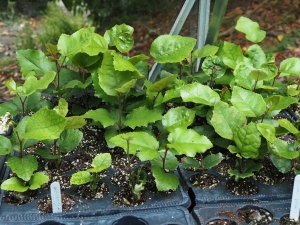
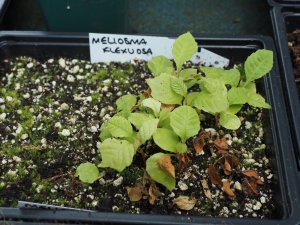
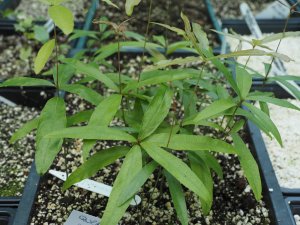
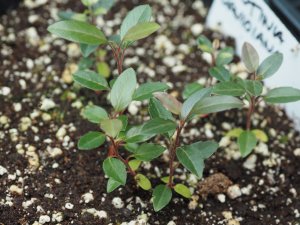
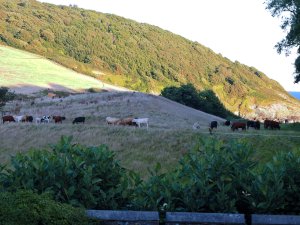
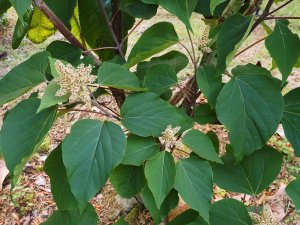
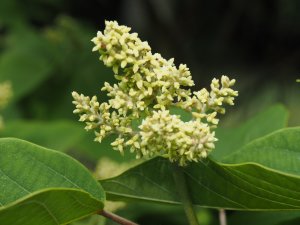
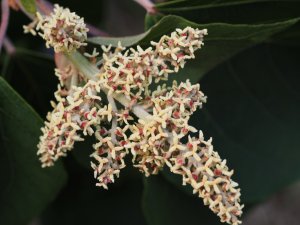
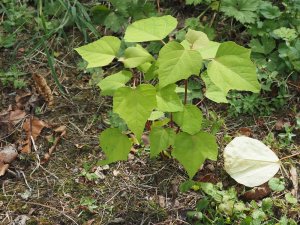
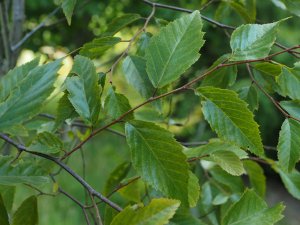
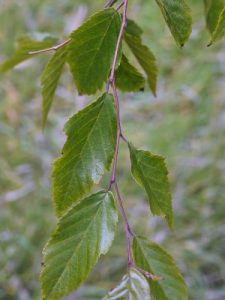
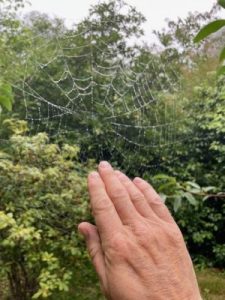
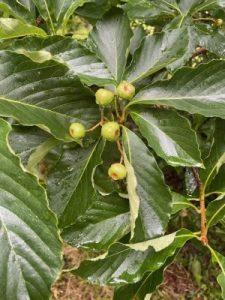
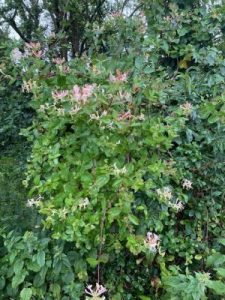
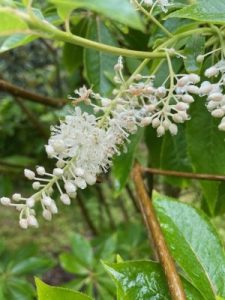
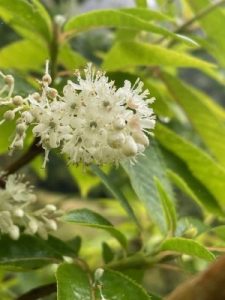
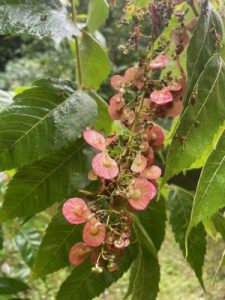
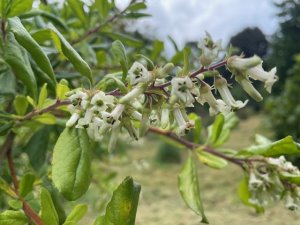
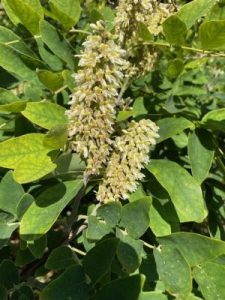
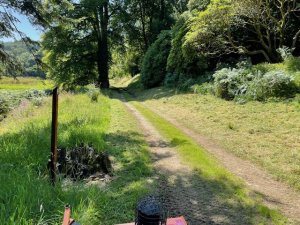
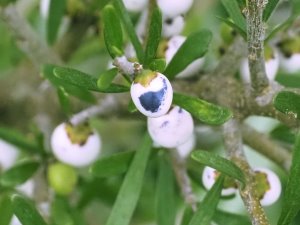
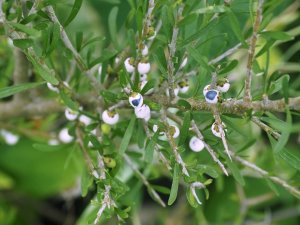
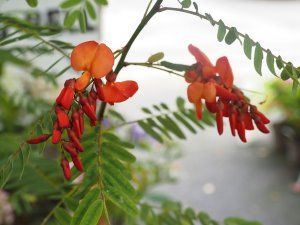
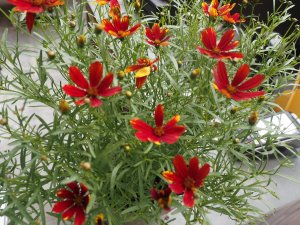
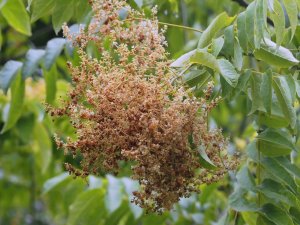
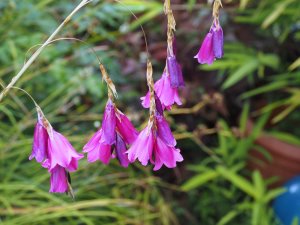
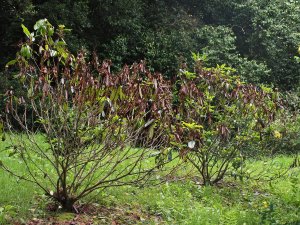
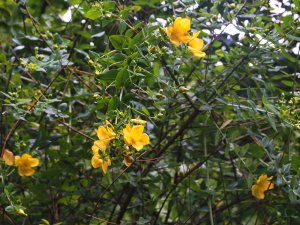
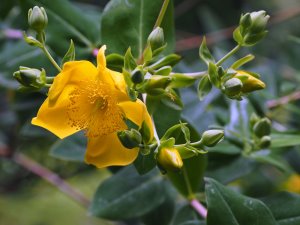
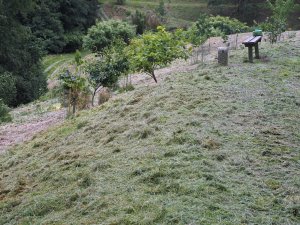
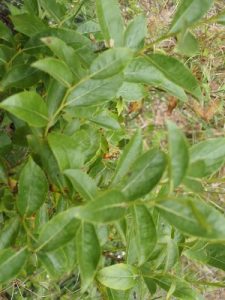
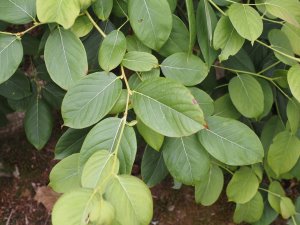
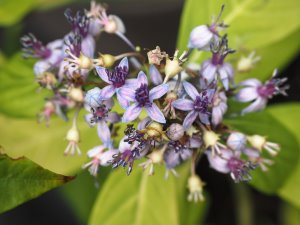
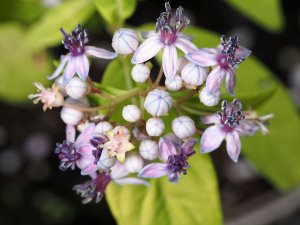
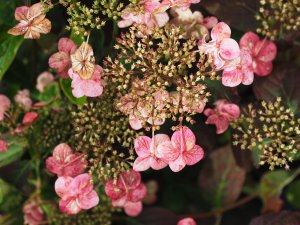
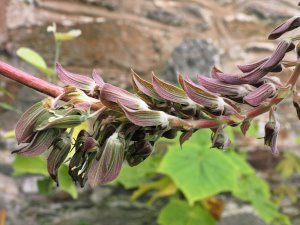
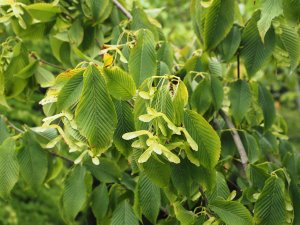
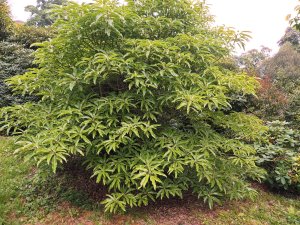
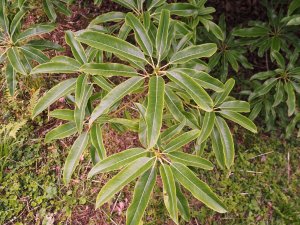
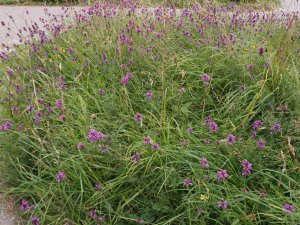
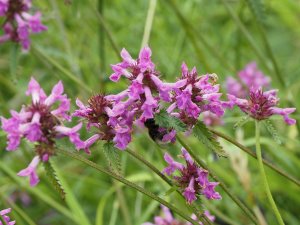
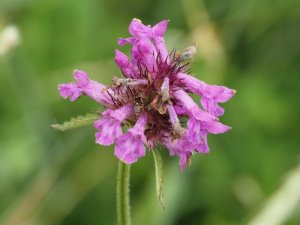
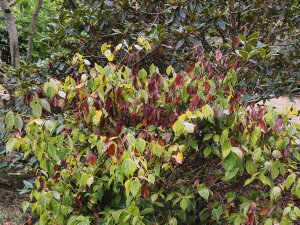
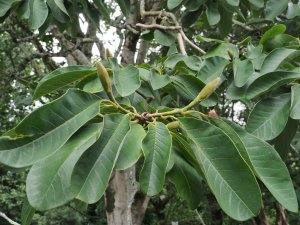
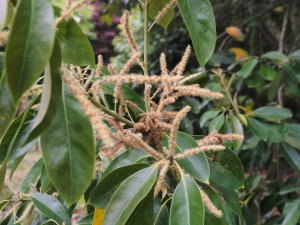
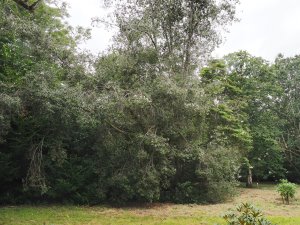
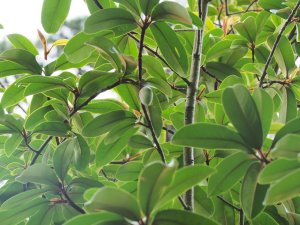
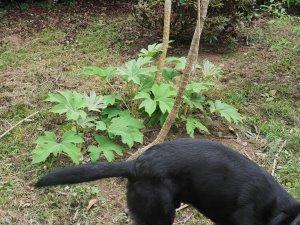
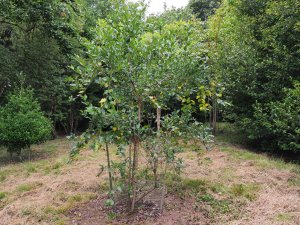
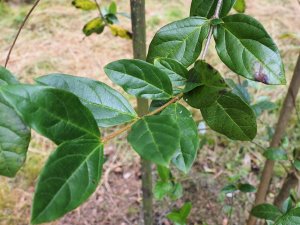

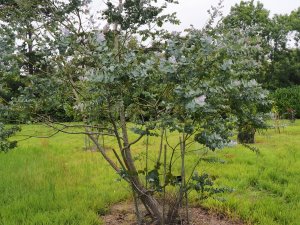
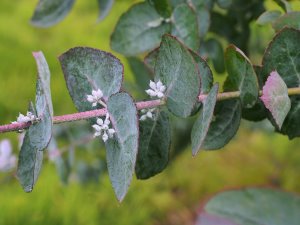
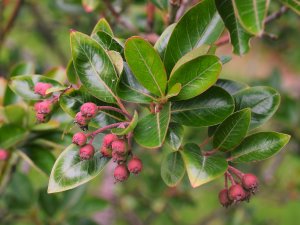
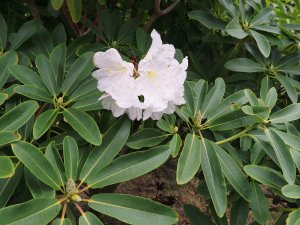
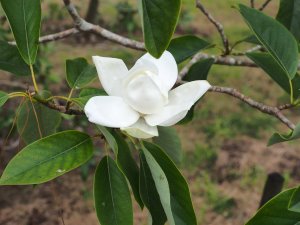
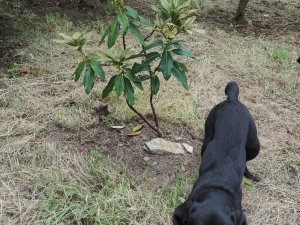
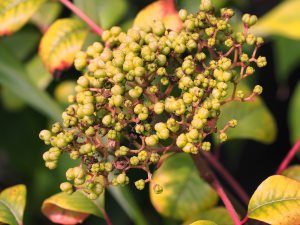
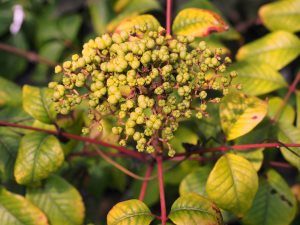
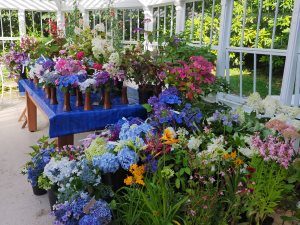
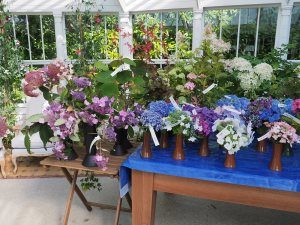
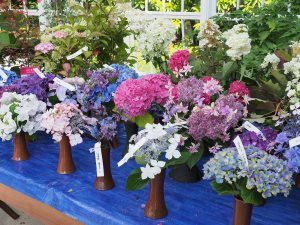
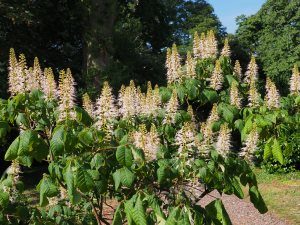
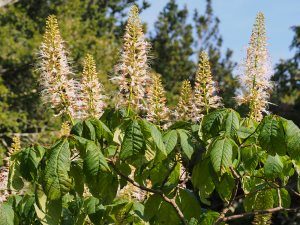
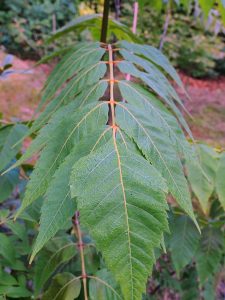
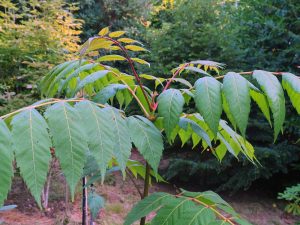
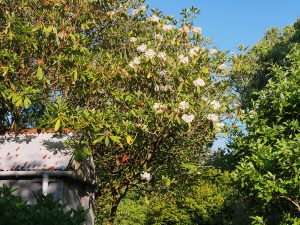
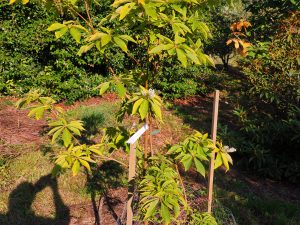
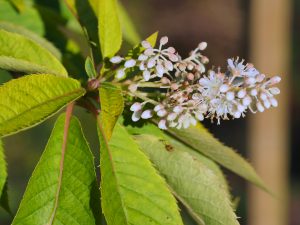

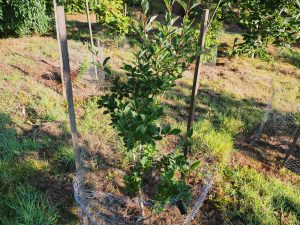
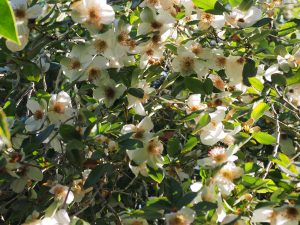
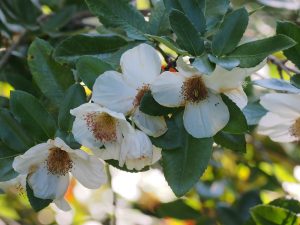
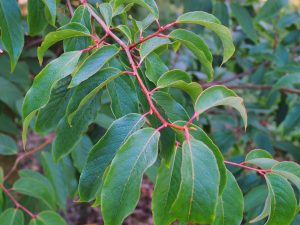

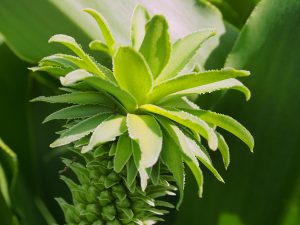
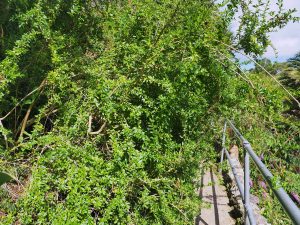
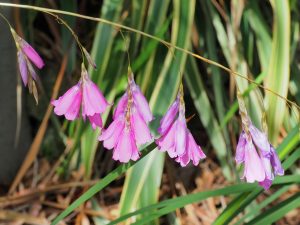
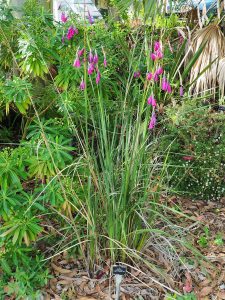
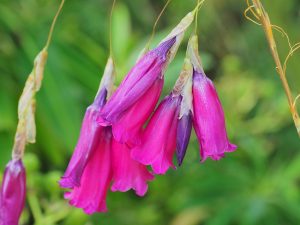
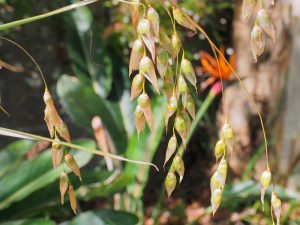
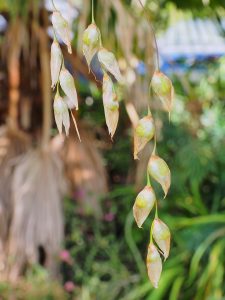
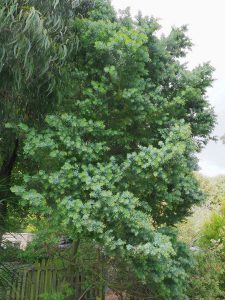
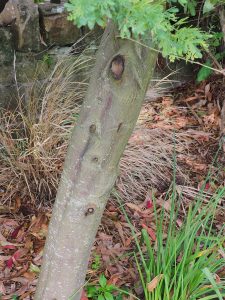
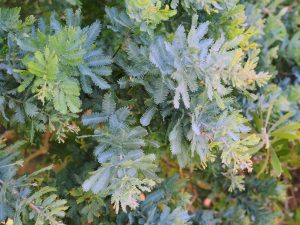
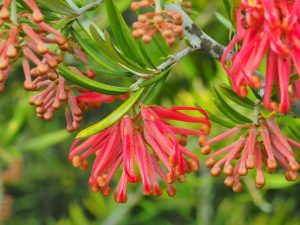
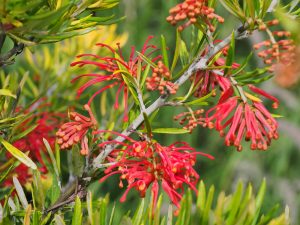
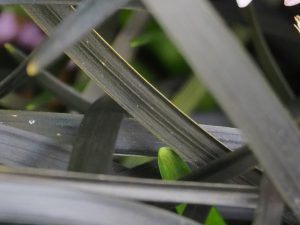
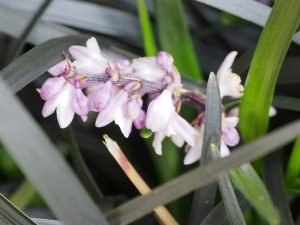
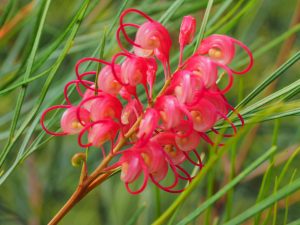
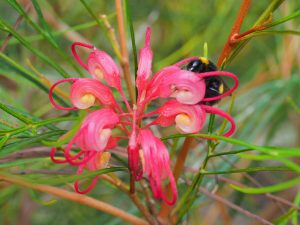
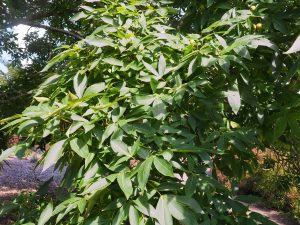
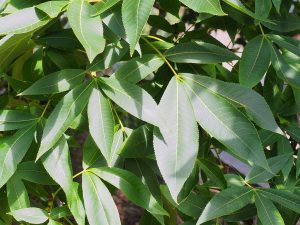
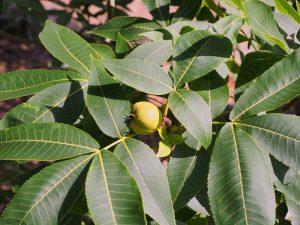
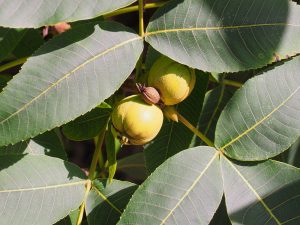
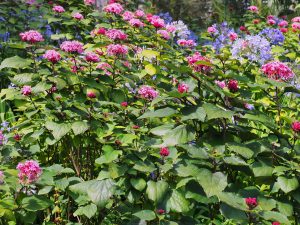
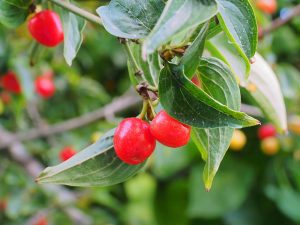
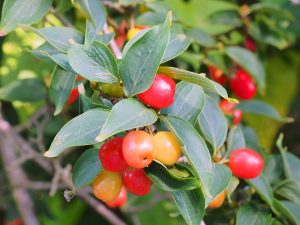
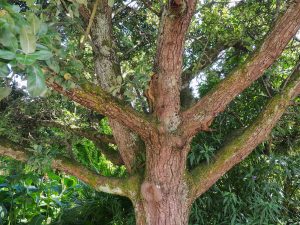
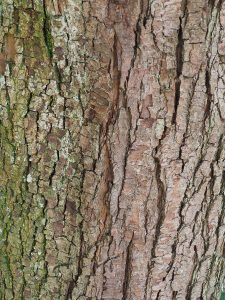
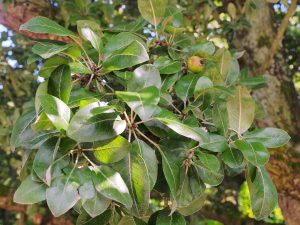
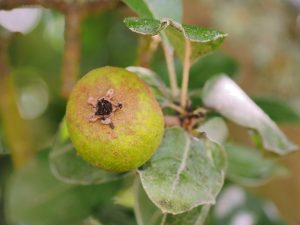
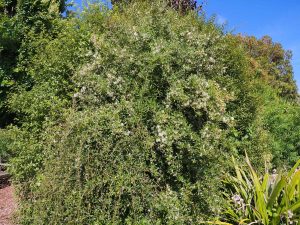
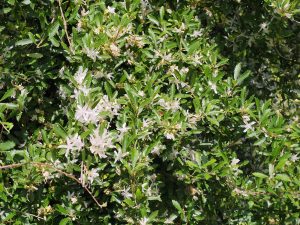
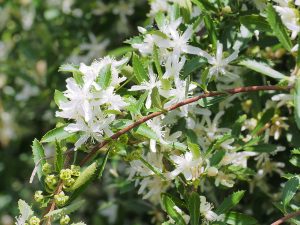
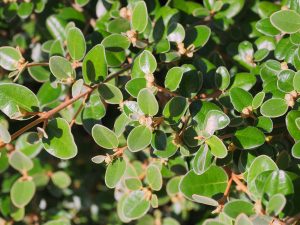
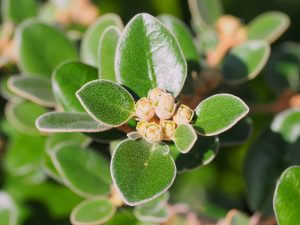
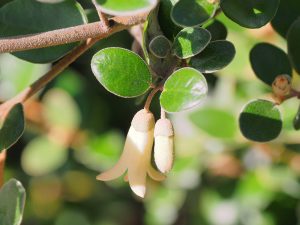
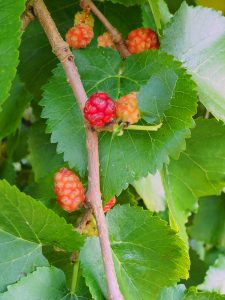
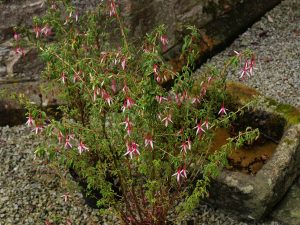
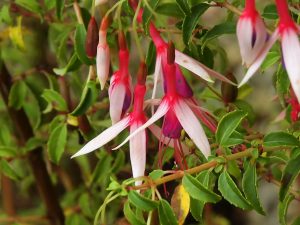
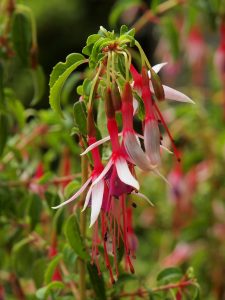
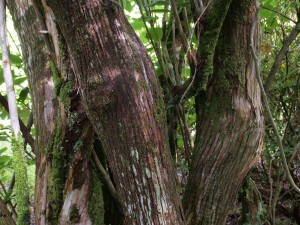
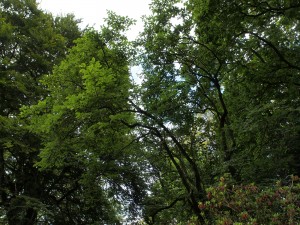
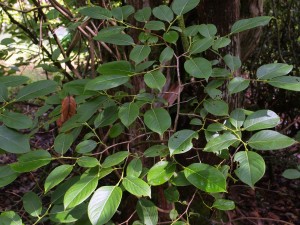
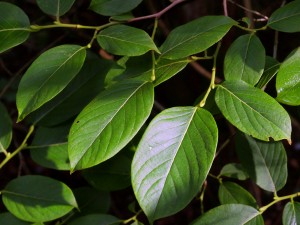
One thought on “6th August”
Comments are closed.